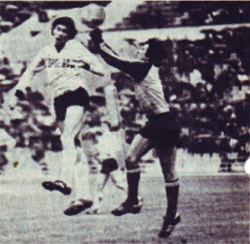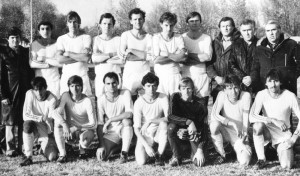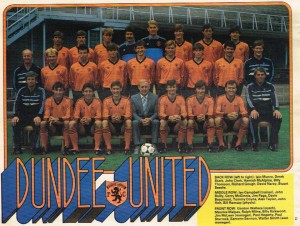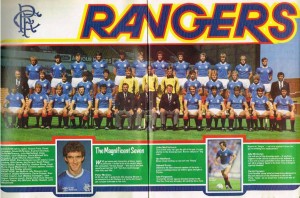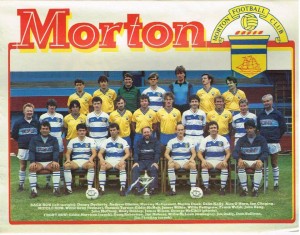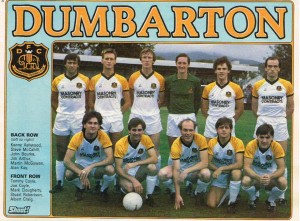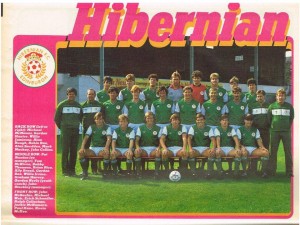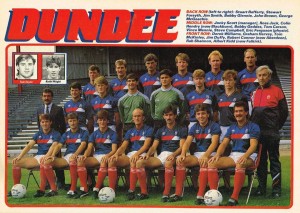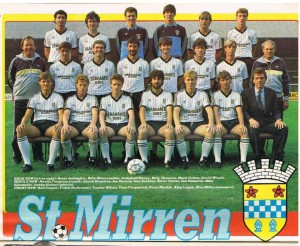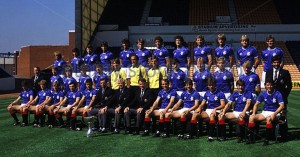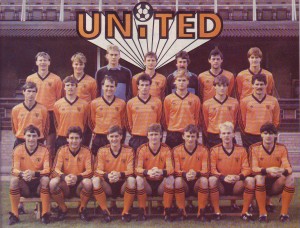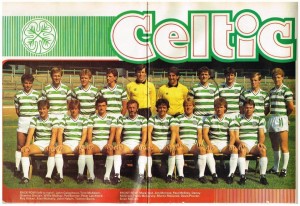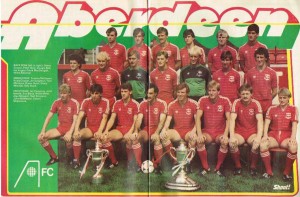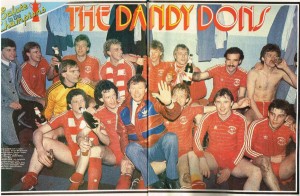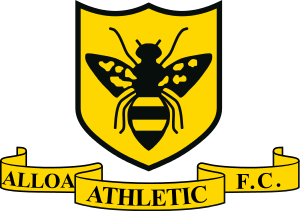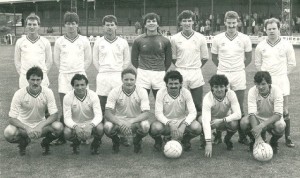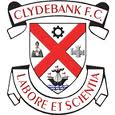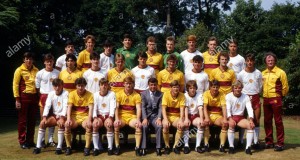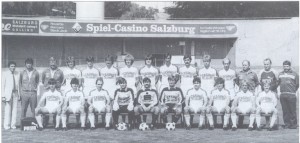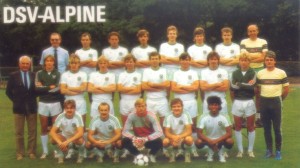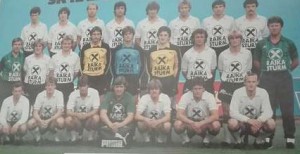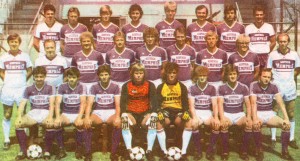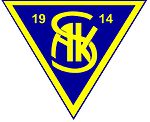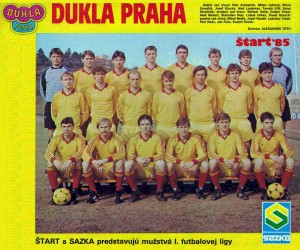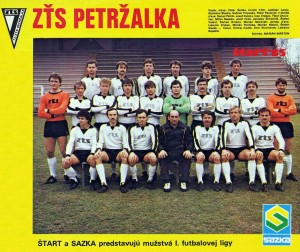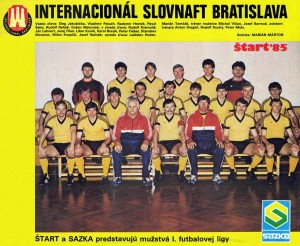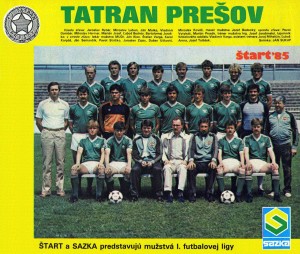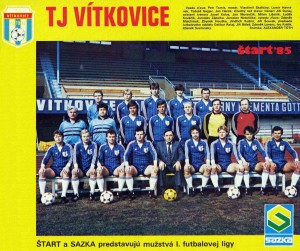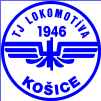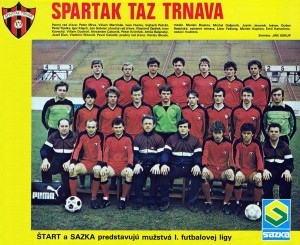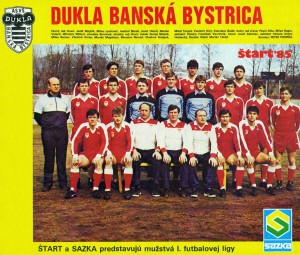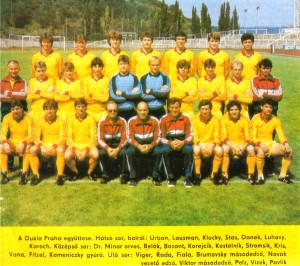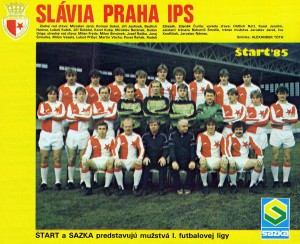Second Division. A new formula was introduced this season – the Second Division was divided into 2 groups of 11 teams each for the first stage. Then the top 6 teams of each group went to final group competing for promotions and the bottom 5 – to the relegation group. 12 teams played in the upper group and 10 and lower one in the second stage. Which was not the final one yet – because of the reduction of the top league, there were no direct promotions this year. The top two teams in the final table simply went to promotion/relegation final stage against the 15th and the 16th in First Division. At the bottom three teams were going down, as usual, but not directly – they were to play promotion/relegation stage with the Third Division zonal winners. The league was going to enlargement from 22 to 24 teams, because of the reduction of the top division, but also the new formula of the championship was more suitable for 24 teams, divided into 2 groups of 12 teams, instead of the current odd number. The new formula hardly improved anything and perhaps this season left mostly bitter feelings.
Group B, the relegation group, ended with already mentioned Zvezda (Dzhizak) – last, Iskra (Smolensk), 9th (21st), and Krylya Sovetov (Kyubishev), 8th (20th). Of them, only Iskra managed to win at the promotion/relegation stage.
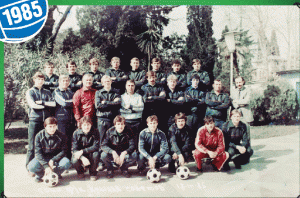
Krylya Sovetov (Kuybishev) was the big loser and not only because they played ever so often top league football – if there was no limit on ties, they would have been safe. But they exceeded the limit by 3 ties and thus lost 3 points and perished.
Nistru (Kishinev) benefited by Krylya Sovetov’s misfortune – they clinched safety: 7th. Kuban (Krasnodar) was 6th, Guria (Lanchkhuti) – 5th, Pakhtakor (Tashkent) – 2nd. Severe decline of clubs usually in the upper half of the table or in the First Division. But that was only the relegation group of the league.
Group A was different matter – or at least supposed to be different. Five teams were just enjoying safety – hardly the teams expected to be among the strongest, they had good season and managed to climb to upper group, where life was easy – they had no reason to really fight and settled for the 5 lowest places. Three other clubs were also disinterested in aiming higher, but these were teams usually dwelling in the upper half of the table. Thus, four teams were set apart, stronger and more ambitious, and they fought for the top 2 places. Eventually, one team pulled ahead and won the championship early, leaving the others to battle for second place.

Shinnik (Yaroslavl) took 7th place with 42 points. Crouching from left: V. Nikonov, S. Smirnov, V. Bakin, V. Gavrilov – masseur, D. Popov, Sukhov, V. Dubachev.
Middle row: Yu. Kazankov – bus driver, V. Petrov – team’s chief, A. Piskunov, B. Gavrilov, A. Goryukhov, A. Tzenin, E. Martyanov, Yu. Rodionov, S. Novosselov, S. Saraev – doctor, V. Chistyakov – coach.
Top row: V. Kossarev, V. Kasyan, Yu. Panteleev, V. Churkin, M. Morozov, V. Sotnikov, L. Zyuzin, A. Noskov, D. Kuritzyn, A. Kkassanshin – administrator.

Lokomotiv (Moscow) finished 6th with 43 points.
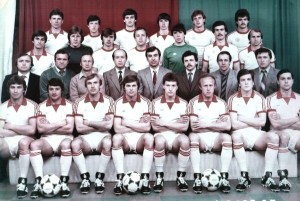
Kolos (Nikopol) – 5th with 46 points.
Masters of staying high in the table, but carefully avoiding the risk of promotion… Shinnik was the old specialist of this game, now Lokomotiv and Kolos seemingly got the same attitude.
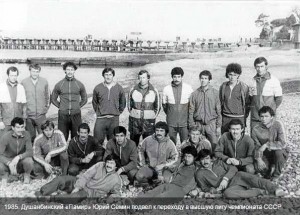
Pamir (Dushanbe) was 4th with 52 points. They lost the battle for promotion – well, semi-promotion – at the end of the championship. Traditionally, Pamir was the same as Shinnik – good, but lacking ambition. Or playing cleverly – it was better to be 5th or 7th in Second Division than dead last in First Division. Their sudden foray to the top was surprising, but they either lost steam at the end of the season or came to their senses and dropped out. Nobody could tell for sure: young, talented, and ambitious coach Yury Semin drove its experienced and generally good squad up. The players, however, used to safe existence were more than capable of quietly boycotting their coach at the end.
SKA Karpaty (Lvov) took 3rd place with 54 points. They were more likely to aim higher, but were not all that strong in the earlier phases of the championship and their strong finish was not enough. However, they lost 2nd place on worse goal-difference.
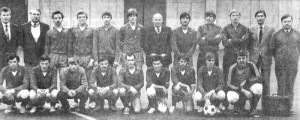
CSKA (Moscow) clinched 2nd place with 54 points. Now, this was a club wanting very much to return to First Division, but the squad was not strong enough. They mostly maintained 3rd position this season, eventually losing the chance to win the league and barely finishing 2nd, which may have been a result of ‘wise’ dropping down by Pamir.
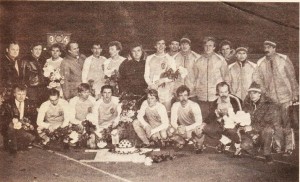
Daugava (Riga) was surprise, but, as it turned out, immediately forgotten champion of Second Division. Steady season with strong finish – near the end of the season, they managed to build a good cushion and won early the championship. At the final table, they were 6 points ahead of CSKA. 24 wins, 12 ties, 6 losses, 78-35 goal-difference and 60 points (2 points lost for exceeding the limit of ties). Once upon a time, in very distant past by now, Daugava played top-league football, but eventually dropped down to third division and out of sight and mind. Only recently they climbed back o Second Division and won this championship before people at large getting familiar with the squad. Anonymous team, having to its credit only one thing: there was noticeable revival of Baltic football, pulled ahead by Lithuanian Zhalgiris. Daugava – and third division Atlantas – followed the example. May be they would become known – after all, Zhalgiris was anonymous squad only 2-3 years ago. Local talent – that was good, that was promising. Alas, speculations stopped right there.
No direct promotions this year, because of the reduction of First Division – Daugava and CSKA went to promotion/relegation play-offs against the 15th and the 16th in the top league, Chernomoretz (Odessa) and Neftchi (Baku). The best second-division clubs were outplayed without any fuss.
Chernomoretz finished 1st with 3 wins and 3 ties, Neftchi – 2nd with 2 wins, 3 ties, losing 1 match, CSKA was 3rd with 1 win, 3 ties, and 2 losses, Daugava – last with 1 win, 1 tie, and 4 losses. Chernomoretz and Neftchi kept their places in the top league, CSKA and Daugava remained in the second division. And thus Daugava was forgotten right away.
